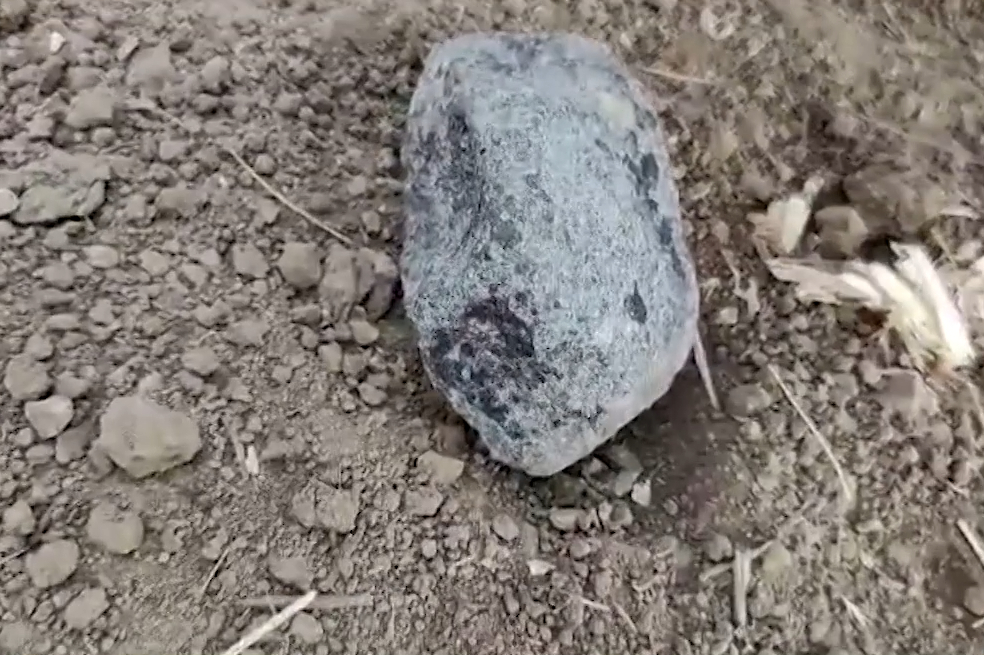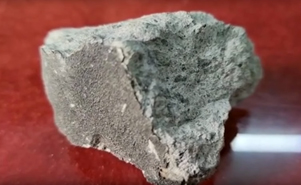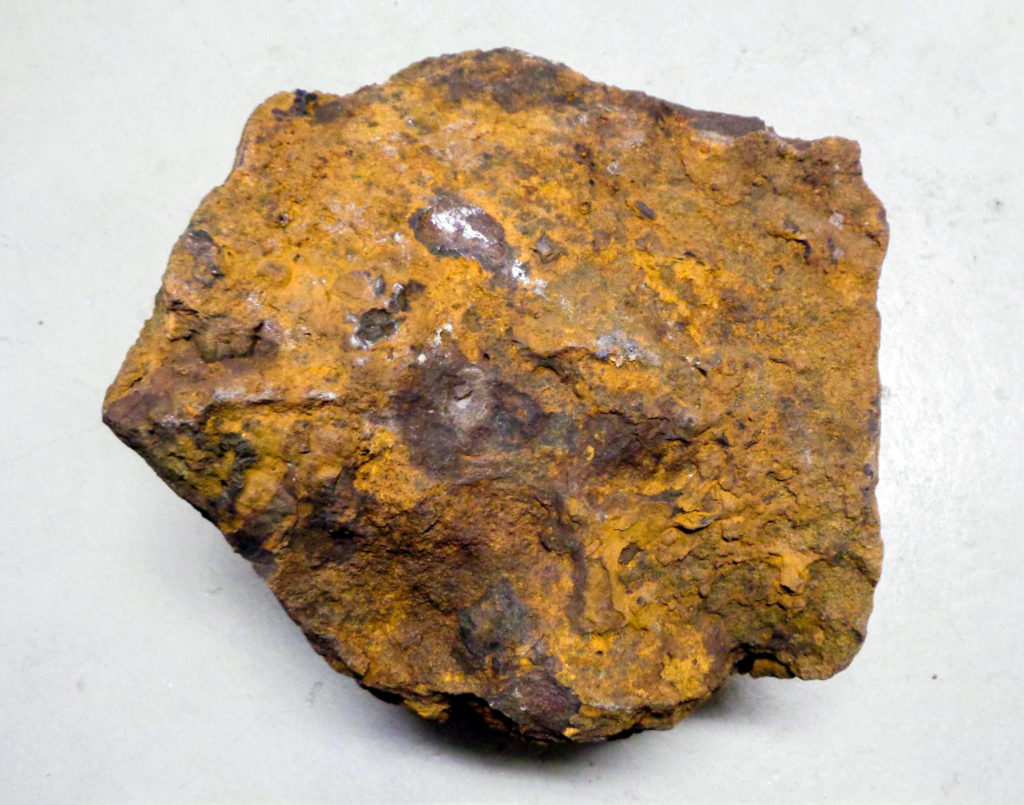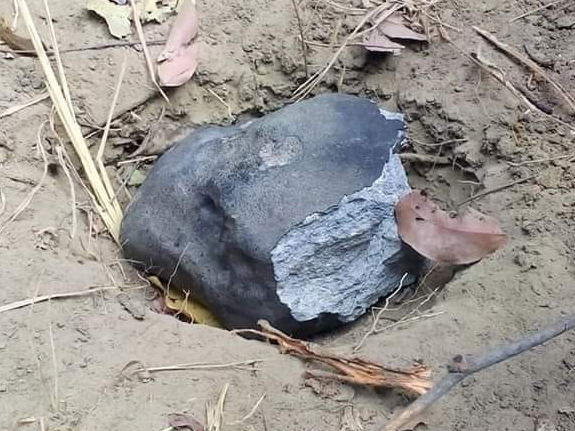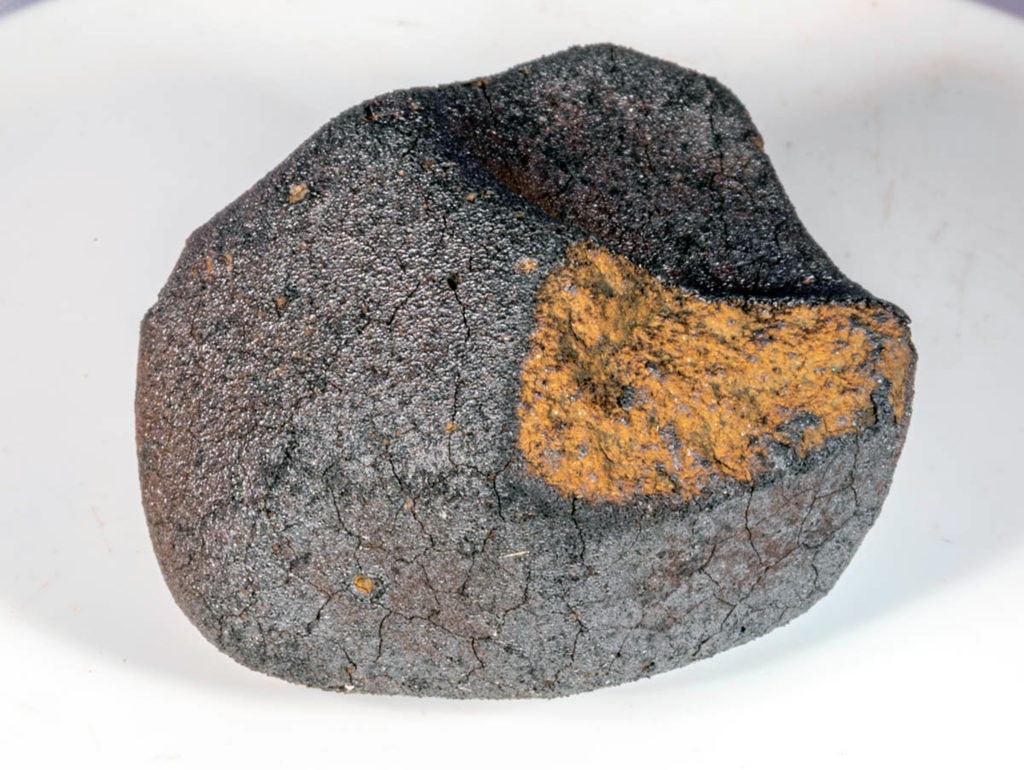Insights into pyroxene-dominated surfaces and implications for ongoing space exploration missionsOPEN ACCESS
B.G. Rider-Stokes, E. Branagan-Harris, K. Markus, J.F. Snape, S.L. Jackson, S.S. Russell, R.C. Greenwood, T.H. Burbine, M.J. Whitehouse, D.A. Rothery, L.F. White, M.M. Grady
Icarus
Available online 18 June 2025, 116713
“Highlights
- We measure the spectral properties of two pyroxene-rich achondrite meteorites.
- We find that the samples are deficient in iron and show similarities to enstatites and aubrites.
- They lack any spectral features and demonstrate a steep red slope in the UV–Vis-NIR.
- This study indicates that iron-deficient silicates may exist unknowingly on asteroidal surfaces.”
“Ungrouped achondrites are differentiated (melted) meteorites that do not fit into any known meteorite group because of their unusual mineralogies and/or oxygen isotopic compositions; their asteroidal or planetary origins are unknown. Two recently discovered samples, Northwest Africa 15,915 (NWA 15915) and Ksar Ghilane 022 (KG 022), have mineral assemblages not previously identified in meteorites, consisting of iron-free silicates (including augite, enstatite, and olivine) and unusual sulphides (such as oldhamite). These samples offer the opportunity to probe the spectral properties of mineralogically distinct surfaces. NWA 15915 and KG 022 have oxygen isotopic compositions in the field of enstatite chondrites and aubrites, a near absence of spectral features in the visible and near-infrared, and a similar mineralogy to that which is expected for the surface of Mercury. While it is unlikely that the two meteorites are fragments of Mercury, they may be good analogs for Mercury’s surface on a regional scale. ESA/JAXA’s BepiColombo will provide an exceptional opportunity to compare the composition of differing mineralogical units on Mercury with samples such as NWA 15915 and KG 022.”


